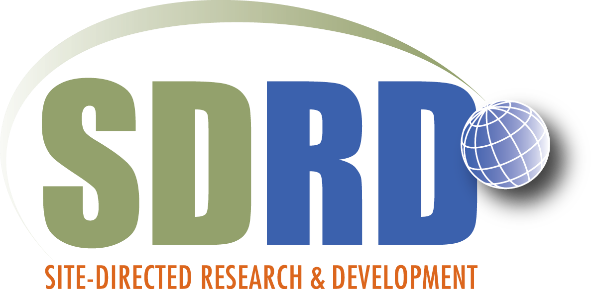
NNSS Hosts LDRD/SDRD Biannual Working Group

Scientists from national labs across the U.S. convened at NNSS for a recent meeting of the minds to talk shop, tour the Site and plan for future collaboration.
Twice a year, members of Laboratory-Directed Research and Development (LDRD) programs at the national labs and the NNSS’ Site-Directed Research and Development (SDRD) team meet in person to discuss national security research innovation and standards as part of their regular working group. These meetings promote collaboration and alignment with National Nuclear Security Administration (NNSA) research and development (R&D) efforts between the NNSS’ SDRD program and the LDRD programs at Los Alamos National Laboratory (LANL), Lawrence Livermore National Laboratory (LLNL), and Sandia National Laboratories (SNL). On April 2 and 3, the NNSS had the opportunity to host this working group in-person at both the Site and in North Las Vegas.

The first day of the meeting was dedicated to a tour of the Site in Mercury. Employees from the NNSS, LANL, LLNL, SNL, and NNSA were led on an engaging tour of the Site’s most exciting features by historian Kevin Breen. Among their destinations were Frenchman Flat, the Apple II House, the Principal Underground Laboratory for Subcritical Experimentation, the Area 11 ZEUS Broad Research Area, the Sedan Crater, the Gun Turret, and Icecap Ground Zero. Throughout the tour, the representatives of the national labs and Headquarters (HQ) were able to see firsthand the variety and magnitude of NNSS projects, especially those that occur through the SDRD program.
The second day, which took place in North Las Vegas, featured an all-day program review with presentations from the NNSS and LLNL about topics including beam physics, pulsed power, additive manufacturing, and artificial intelligence. Following an SDRD update from Program Director Michael Reed and Science and Technology Director José Sinibaldi, principal investigators (PIs) Piotr Wiewor, Jordan Pillow, and James Essex provided briefings on their SDRD projects for the group. LLNL LDRD program director Doug Rotman also provided an update on his program, which featured briefings from PIs Jon Belof, Caitlin Chapin, and Brian Giera. Additionally, the representatives from HQ, the labs, and the Site engaged in discussion aimed at directing and developing best practices for LDRD and SDRD overall.

These discussions ensure that SDRD projects are on par with the larger national laboratories by establishing appropriate standards of R&D to facilitate important national security research. Showcasing the unique abilities of the Site through the tour, briefings, and working group discussions ultimately helps to promote future collaboration and research with the other national laboratories. By participating in this and other biannual working groups, the NNSS can leverage the SDRD program as an important piece of the larger national security puzzle and enact a productive future in research alongside its laboratory partners. Congratulations to the SDRD team on a job well done, and we look forward to the collaborations that come from future working groups!

